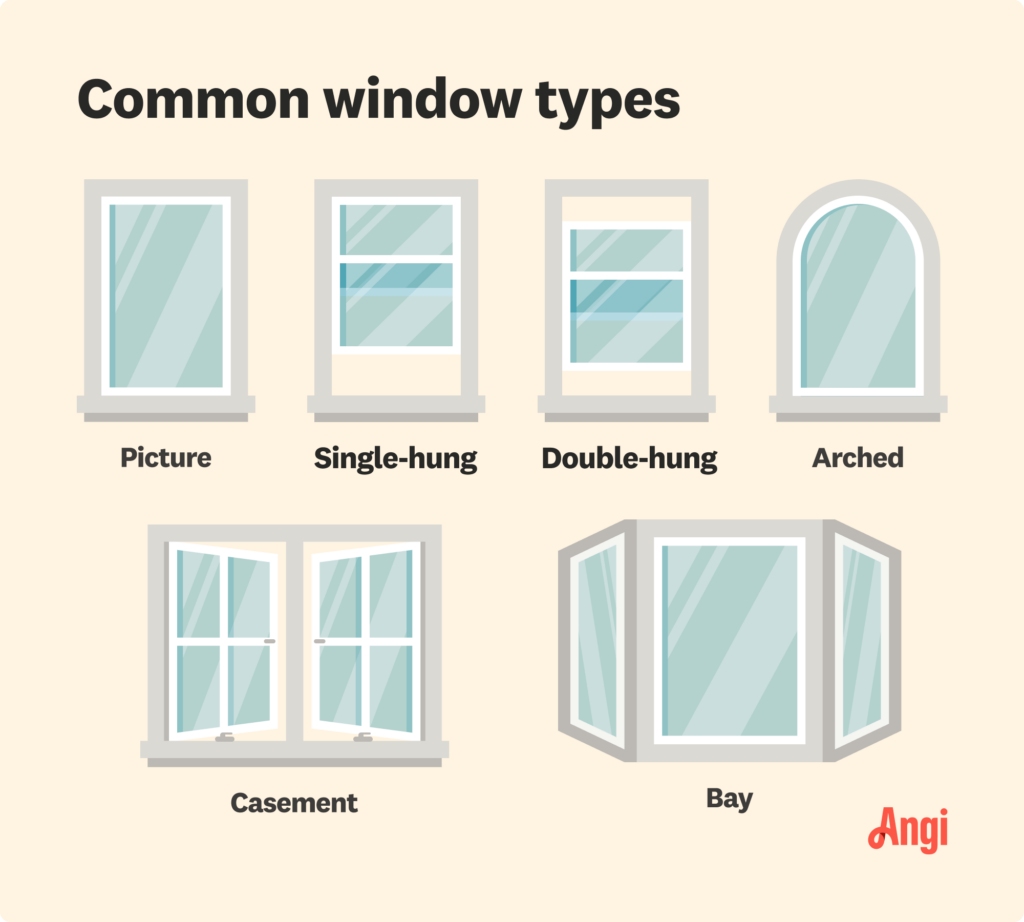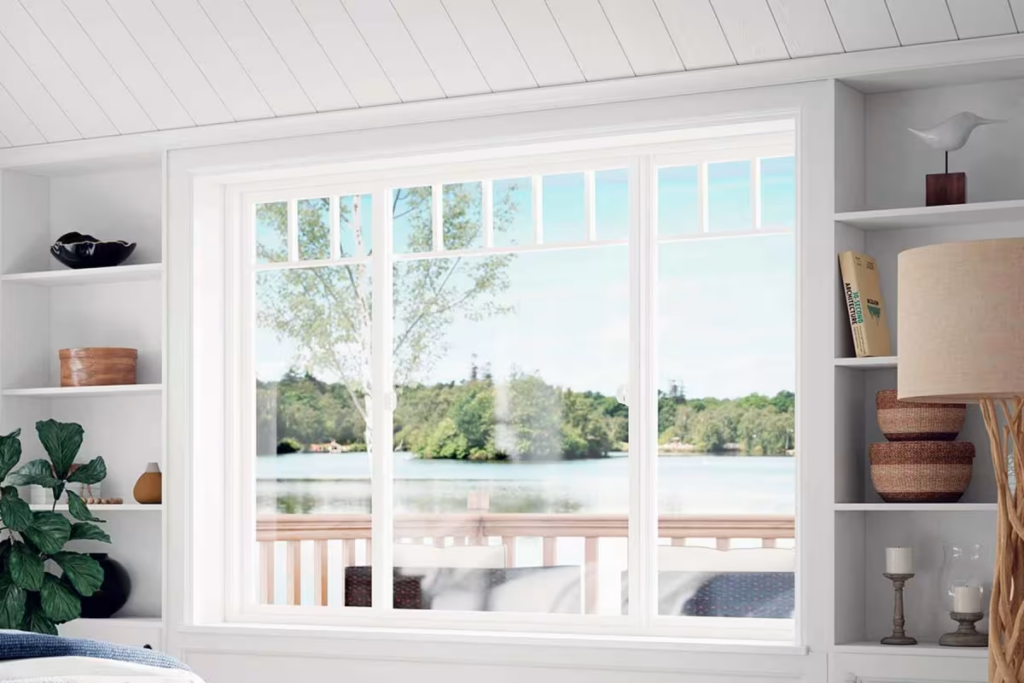Adding a window to your home can enhance natural light, improve ventilation, and increase the overall aesthetic appeal of your space. However, understanding the costs involved is crucial for effective budgeting and planning. This article explores various factors that influence the cost of installing a new window in both residential and commercial settings.
Factors Influencing Window Installation Costs
Several key factors can influence the cost of adding a window to your home or commercial building. These factors include the type of window, materials used, the complexity of the installation, and labor costs.

Type of Window
The type of window you choose significantly impacts the overall cost. Common types include single-hung, double-hung, sliding, casement, and bay windows. Each type has its own price range due to differences in design and functionality. For example, bay windows are generally more expensive due to their size and the complexity of installation compared to simpler designs like single-hung windows.

Materials
Window frame materials also play a crucial role in determining cost. Popular options include vinyl, wood, aluminum, and fiberglass. Vinyl windows are often the most cost-effective, offering durability and good insulation properties. Wood frames, while aesthetically pleasing and capable of providing excellent insulation, tend to be more expensive and require more maintenance. Aluminum windows are durable and low-maintenance but may not offer the best insulation. Fiberglass windows, though more costly, combine strength, durability, and excellent thermal efficiency.

Installation Complexity
The complexity of the installation can vary depending on whether the window is being added to a new construction or an existing structure. New constructions may require less labor since the design can be incorporated from the start. In contrast, retrofitting a window into an existing wall may involve additional work such as cutting through the wall, rerouting electrical wiring, and ensuring structural integrity, which can increase costs.
Labor Costs
Labor costs can vary widely based on location, the contractor’s expertise, and the project’s complexity. It’s essential to obtain multiple quotes from reputable contractors to ensure you receive a fair price. Labor costs can sometimes account for a significant portion of the total expense, so it’s crucial to factor this into your budget.
Average Cost Estimates
On average, the cost to install a window in a home can range from $300 to $1,200 per window, including materials and labor. However, this is a broad range, and actual costs can vary depending on the factors mentioned earlier. For commercial installations, costs can be higher due to larger window sizes, specialized materials, and more complex installation processes.
Residential Window Costs
For residential properties, the cost of a standard window installation typically falls between $300 and $700 per window. Higher-end options like bay or bow windows can range from $1,000 to $2,500 or more. These estimates include both materials and labor, but additional costs may arise if structural modifications are necessary.
Commercial Window Costs
Commercial window installations often involve larger window sizes and more complex designs, leading to higher costs. Prices can range from $500 to $5,000 per window, depending on the materials and installation requirements. Businesses may also need to consider additional factors such as energy efficiency and compliance with building codes, which can influence overall expenses.
Additional Costs and Considerations
Beyond the basic installation costs, there are several additional factors and expenses to consider when adding a window to your home or commercial building.
Building Permits
In many areas, adding a new window requires a building permit. The cost of a permit can vary depending on local regulations, but it typically ranges from $50 to $200. Ensure you check with your local building department to understand the requirements and associated costs.
Energy Efficiency
Investing in energy-efficient windows can lead to long-term savings on heating and cooling costs. While energy-efficient windows may have a higher upfront cost, they can provide significant benefits in terms of reduced energy bills and increased comfort. Consider options such as double or triple glazing, low-E coatings, and gas-filled panes for improved thermal performance.
Customization and Aesthetic Enhancements
If you desire custom-sized windows or specific design elements such as decorative glass or specialized finishes, be prepared for additional costs. Customization can significantly enhance the appearance of your home or business, but it often comes with a higher price tag.
Conclusion
Adding a window to your home or commercial building can be a worthwhile investment, offering benefits such as increased natural light, improved ventilation, and enhanced curb appeal. However, understanding the various factors that influence costs, such as window type, materials, installation complexity, and labor, is crucial for effective budgeting. By considering these factors and obtaining multiple quotes from reputable contractors, you can ensure a successful and cost-effective window installation project.
FAQs
1. How long does it take to install a new window?
Installation time can vary based on the complexity of the project and the number of windows being installed. On average, it takes about 2 to 4 hours per window.
2. Can I install a window myself to save on costs?
While DIY installation is an option, it requires a high level of expertise and the right tools. Hiring a professional ensures proper installation and compliance with building codes.
3. What are the benefits of energy-efficient windows?
Energy-efficient windows can reduce heating and cooling costs, improve comfort, and increase property value. They also help reduce your carbon footprint by improving energy efficiency.
4. Do I need to replace all windows at once for better efficiency?
Replacing all windows at once can offer uniform efficiency and aesthetics, but it can be costly. Consider prioritizing windows in the most used areas or those that are damaged.
5. How can I finance my window installation project?
Many homeowners opt for financing options such as home improvement loans or using a home equity line of credit. Some contractors also offer financing plans to make the process more affordable.